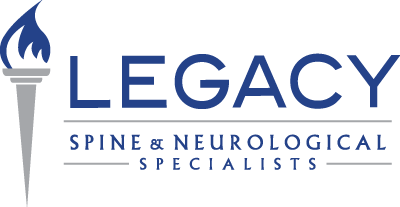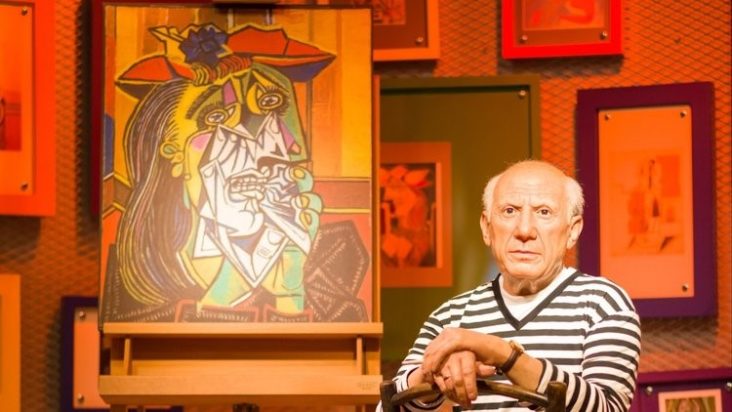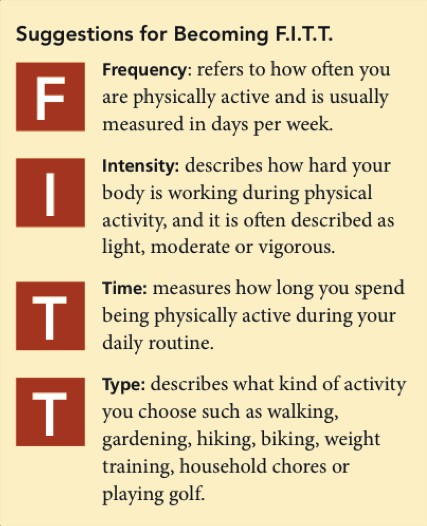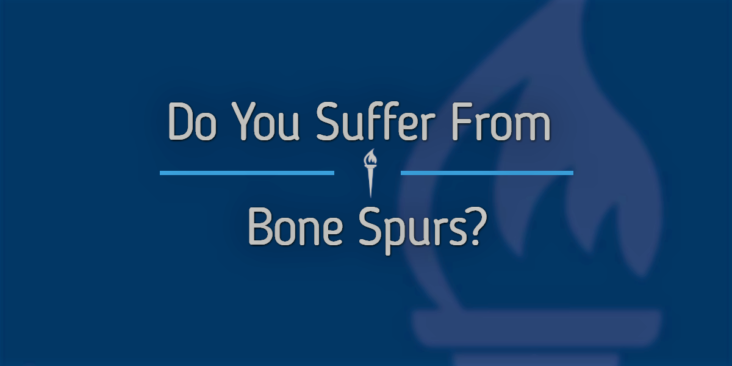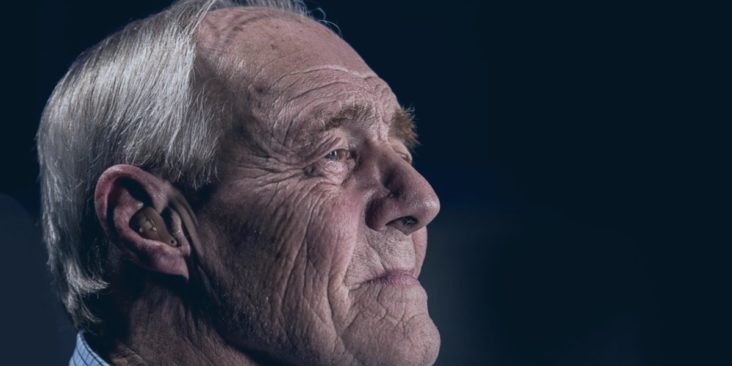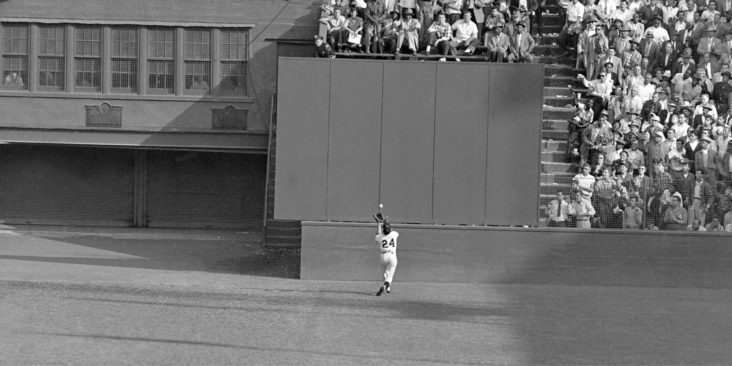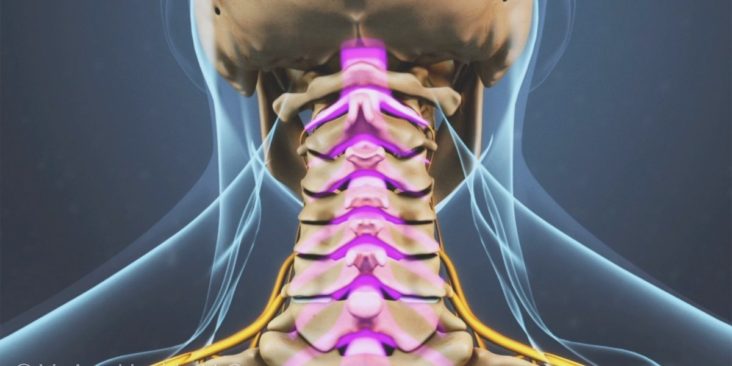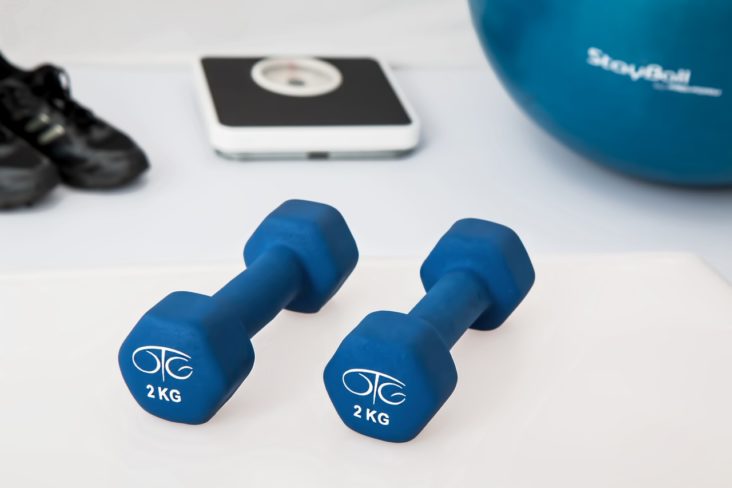The world’s greatest have to start somewhere. And for the Breeders’ Cup World Championships, that somewhere was Hollywood Park in 1984. What began as a one day, 7-race event has grown into a two-day, $28 million extravaganza attracting the best horses, trainers, and owners from across the globe. It has also become the unofficial end and culmination of the thoroughbred-racing season, often with the Breeders’ Cup Classic being the deciding factor in Horse of the Year. And while these two days have seen legends born, history made, and fortunes won, the greatest part is that the best is still yet to come.
What is the Breeders’ Cup?
- The Breeders’ Cup is Thoroughbred racing’s “Super Bowl” and “World Series” combined into one weeklong event with over $65 million in local economic impact.
- Breeders’ Cup consists of 13 races over two days, November 3 & 4, 2017, where the world’s best Thoroughbreds will compete for over $28 million in purses and awards.
- Approximately 100,000 racing fans will experience the event, both at Del Mar Thoroughbred Club and throughout San Diego and North Country.
- Millions more will watch Breeders’ Cup on NBC and NBC Sports Network during its nine-hour live broadcast from San Diego.
Legacy Spine and Neurological Specialists wishes the best of luck to the horse owners, trainers and fans on this Breeders’ Cup weekend!

